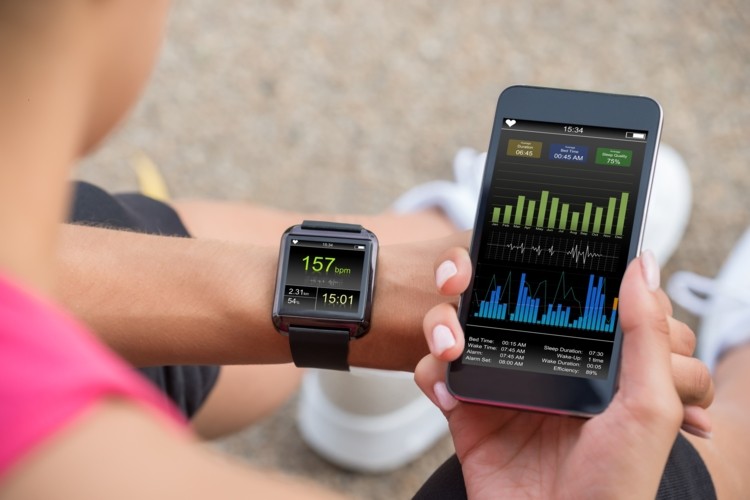Wearable technology for fitness, also known as fitness activity trackers, have become all the rage in recent years. It all began with quite simple devices such as heart monitors and calorie counters. Eventually we’ll be using far more advanced fitness tech, which I covered in a recent post about fitness hologram trainers and advanced training apps. For now, you can get all-in-one devices that can connect to your smartphone and the Internet for you to keep track of your fitness in the long-term and share with others.
Types of Wearable Technology for Fitness
Fitness activity trackers can do one specific thing or many things at once, so here are the features that are mostly found in wearable technology for fitness:
Step counter: It’s the evolved form of pedometers because today they do a lot more than counting your steps, they also calculate the distance you travel on foot.
Heart monitor: These devices include special sensors that let you know what your heart rate is at any given moment and they alert you if it goes higher than normal.
Calorie counter: Calorie counters work alongside step counters and they tell you how many calories you burn and how many you intake as well.
Exercise tracker: They allow you to track how much exercise you do and how many calories you burn.
Sleep monitor: It tracks how much sleep you get on a daily basis and it also lets you know how restful your sleep is.
Goal setting: You can set fitness and health goals and you will get notify when you achieve them.
Uses of Wearable Technology for Fitness
Wearable fitness tech is steadily on the rise, all across the board. With an estimated 24 Million units being shipped in 2019 the industry will continue to expand exponentially.
How useful a fitness activity tracker is will depend on your commitment to exercising. However, their main use is this: they will motivate you to get off the couch. Wearable technology for fitness will make you painfully conscious of how much physical activity you’re doing each day.
Step counters, for example, will let you know how many steps you take a day. When you realize that you only take a couple of thousand steps per day, this will help you open your eyes and it will motivate to find a way to become more active. Calorie counters will offer the same eye-opening experience; once you realize you’re consuming more than you burn, you will want to do something about it very quickly.
Of course, you can go beyond this basic use. Remember that activity trackers can be synced with your smartphone, so you can track your progress and download apps that will help you achieve your newly-found fitness goals.
Benefits of Wearable Technology for Fitness
- They help you stay on track.
- They motivate you to change your health habits and reach your goals.
- They allow you to fix issues with inactivity, lack of sleep, and overeating.
- They will keep you engaged with your own health.
- They will encourage healthcare and pro-activity.
The Future of Wearable Technology for Fitness
The future of wearable technology is bright. In the last two decades, the use of these devices has increased and they have become essential. This kind of technology has so many applications and the market will continue to grow. In the future, we expect wearable tech companies to partner with industry giants to produce stylish gadgets that can be concealed and that will offer endless solutions.






